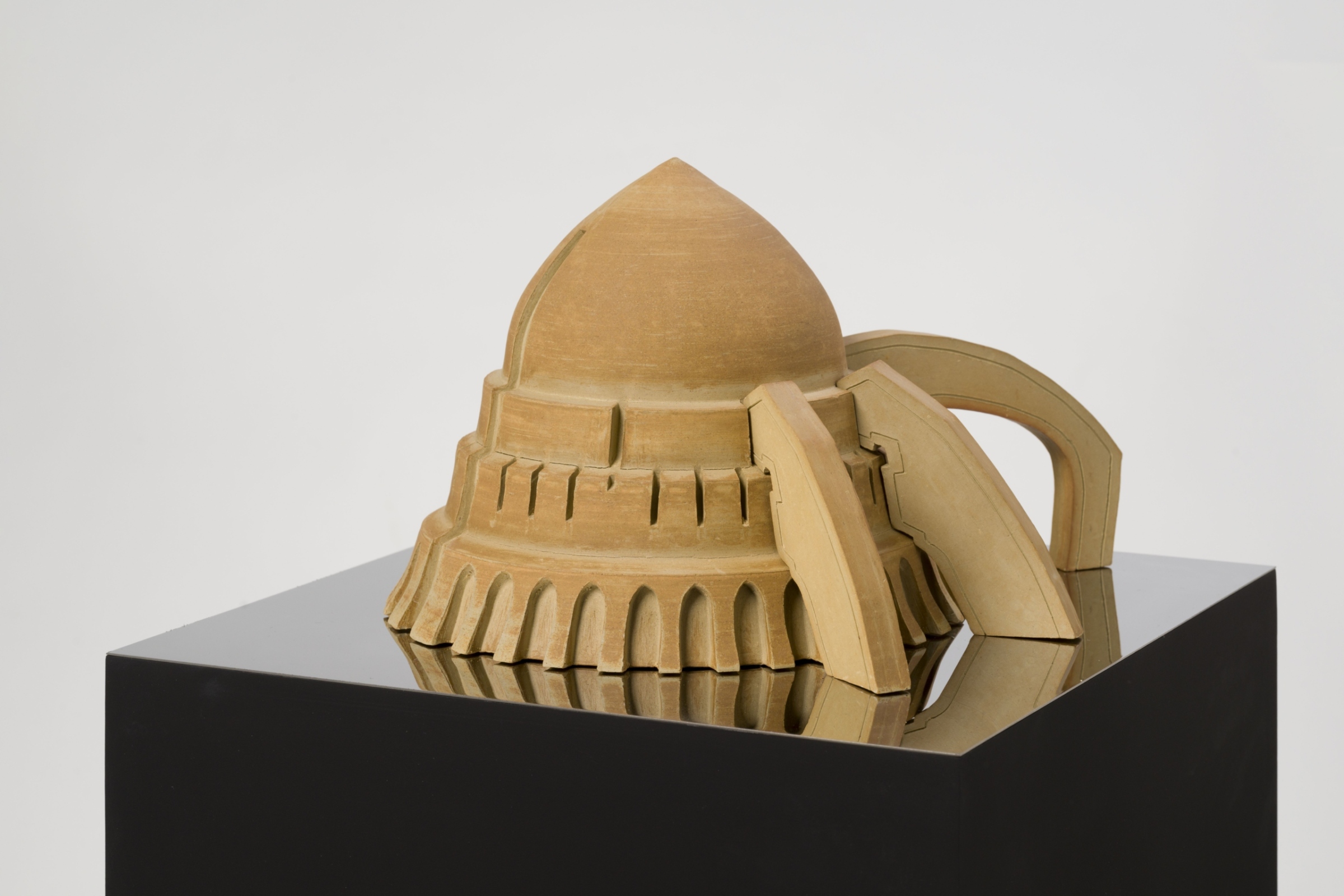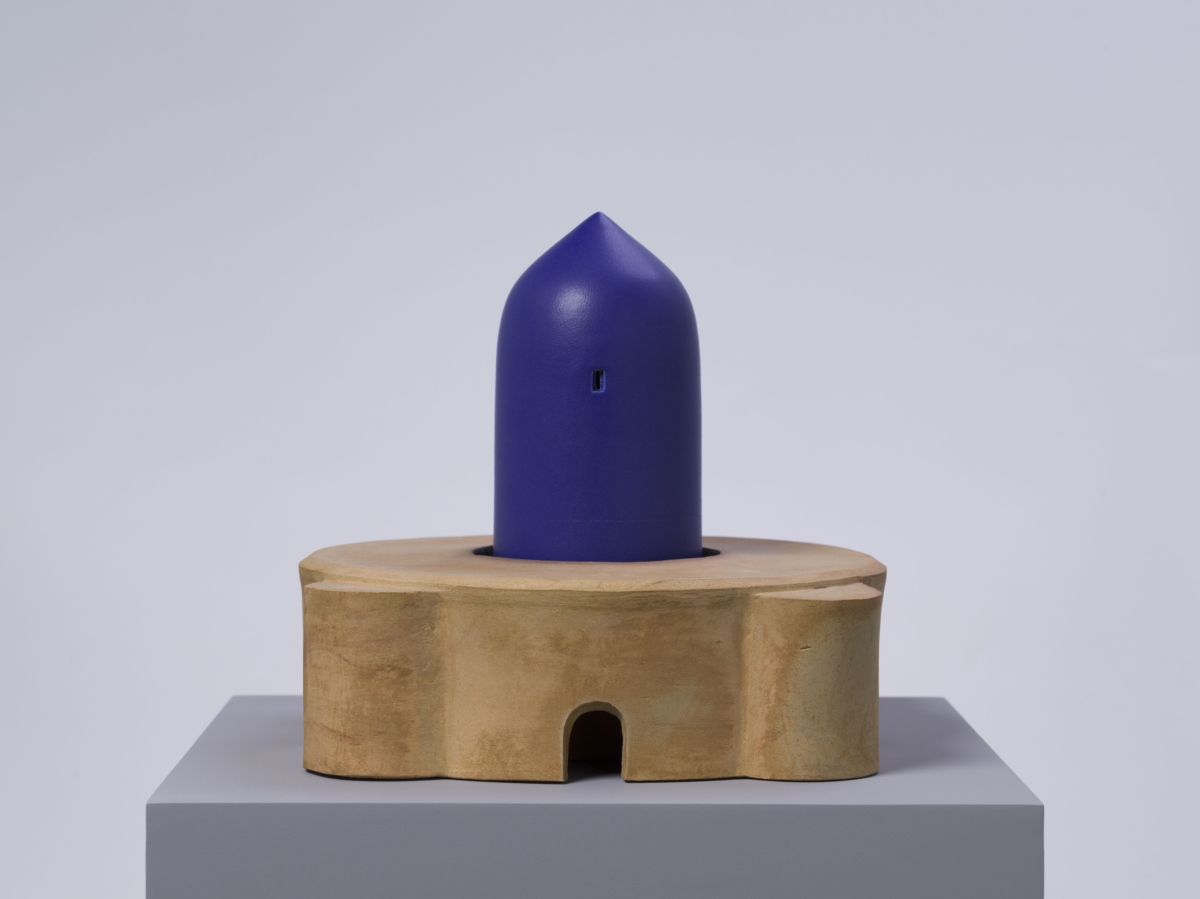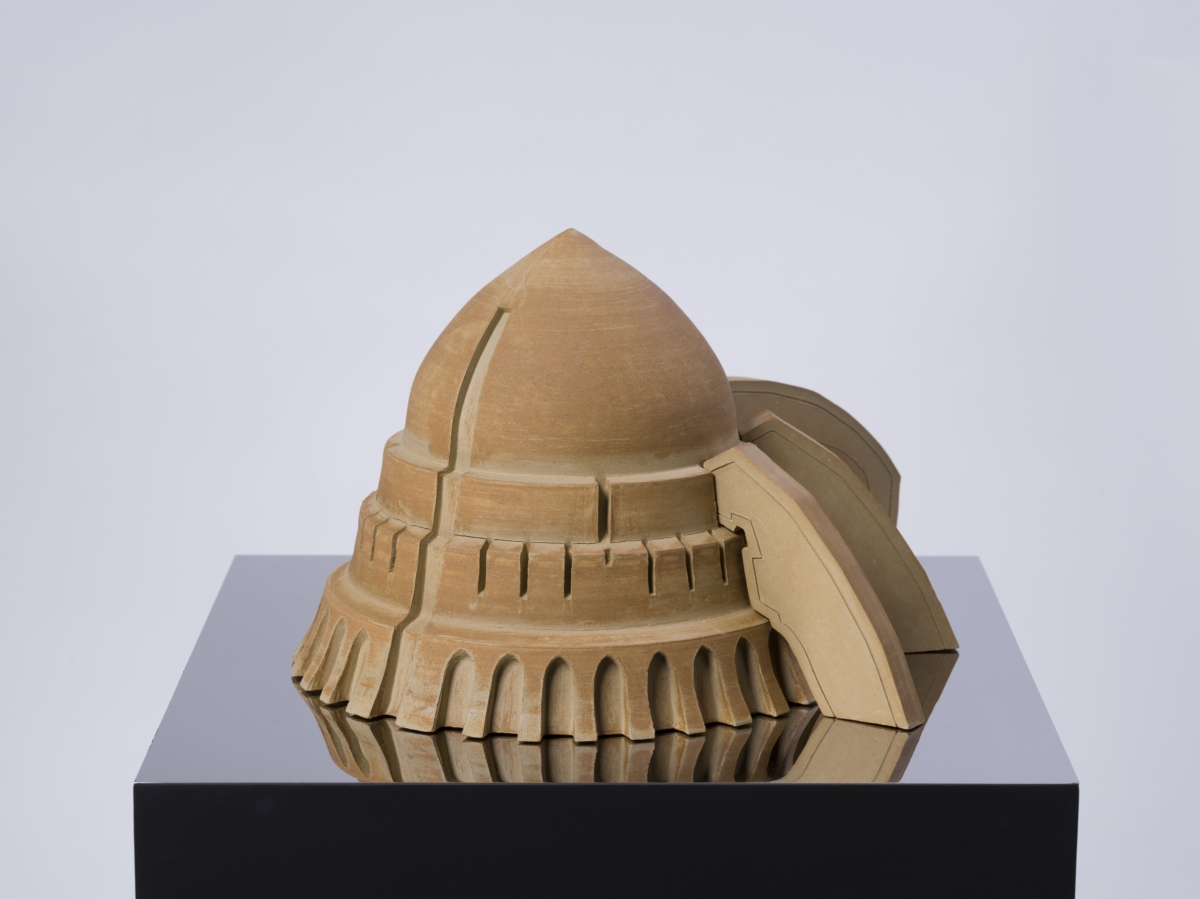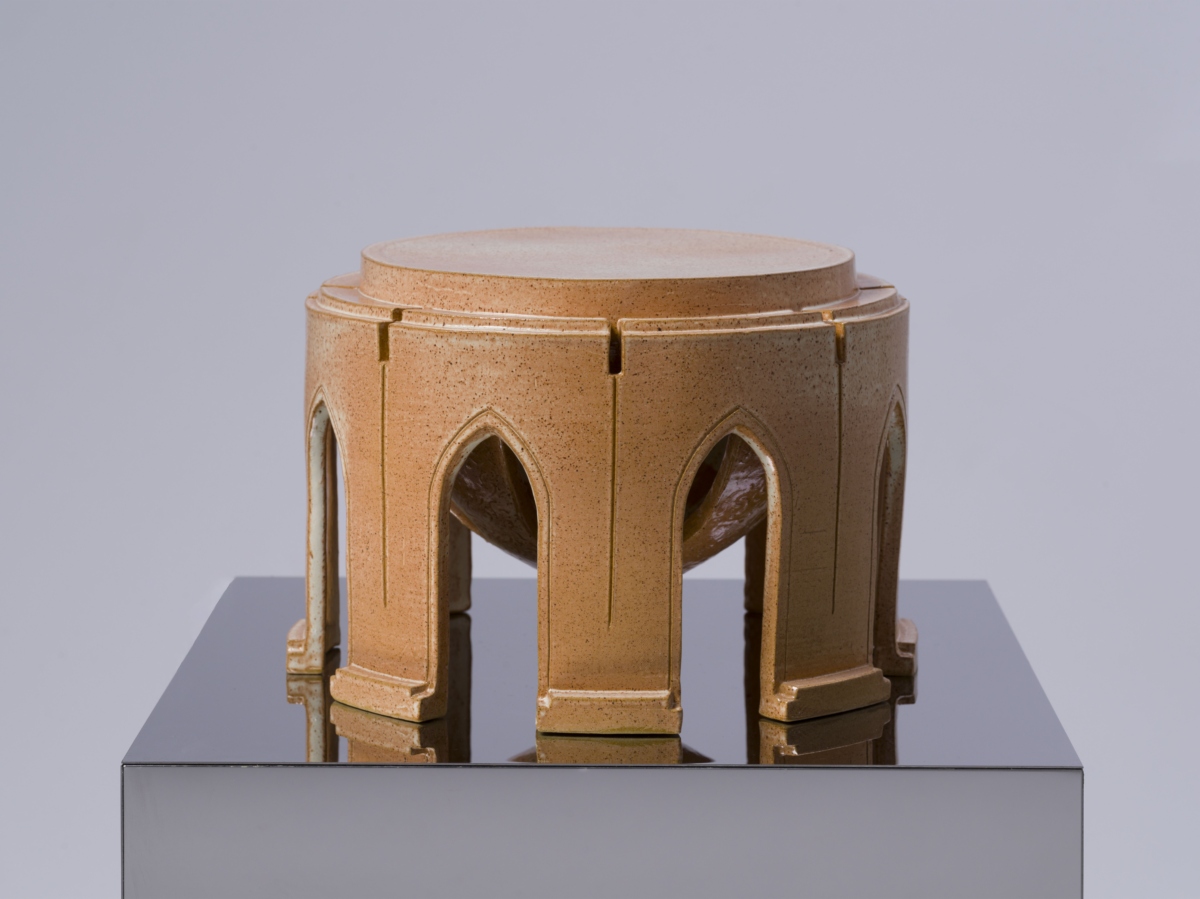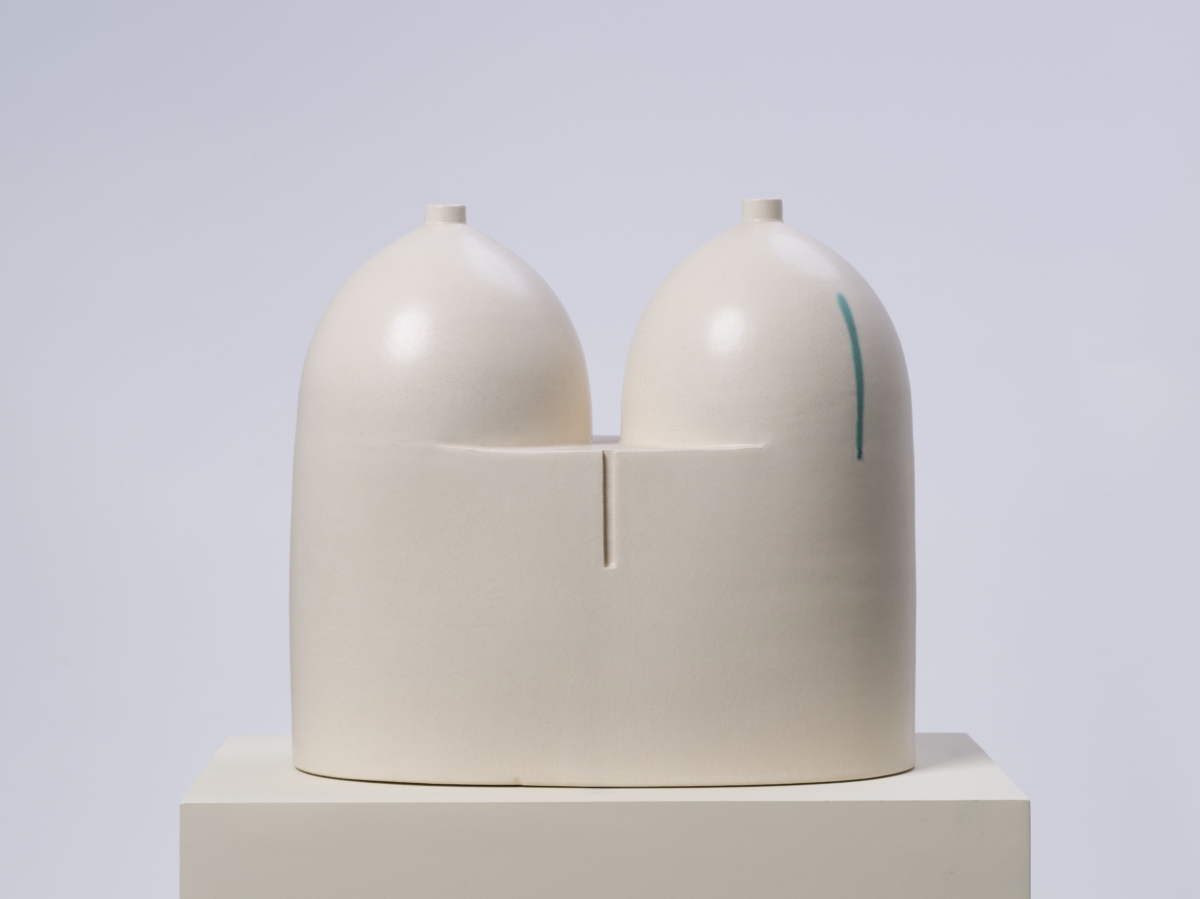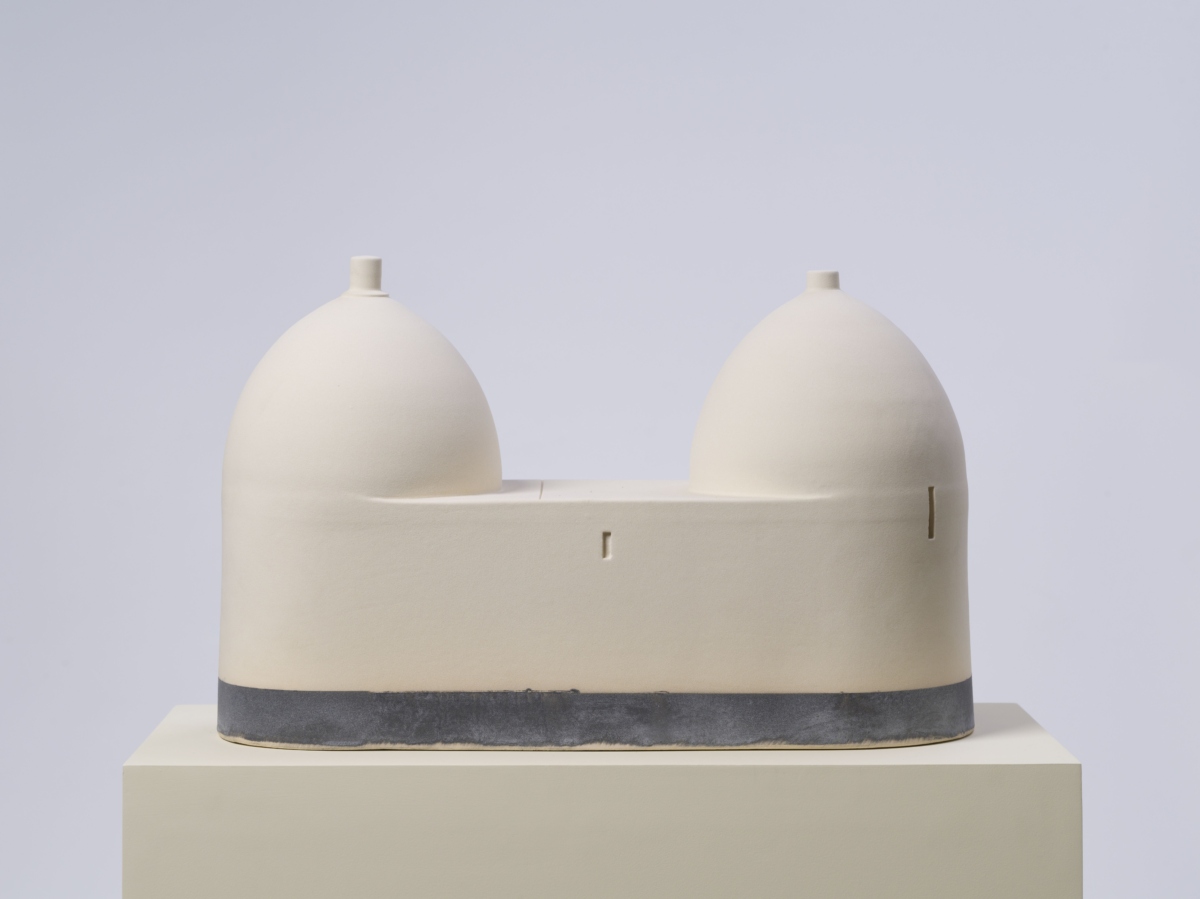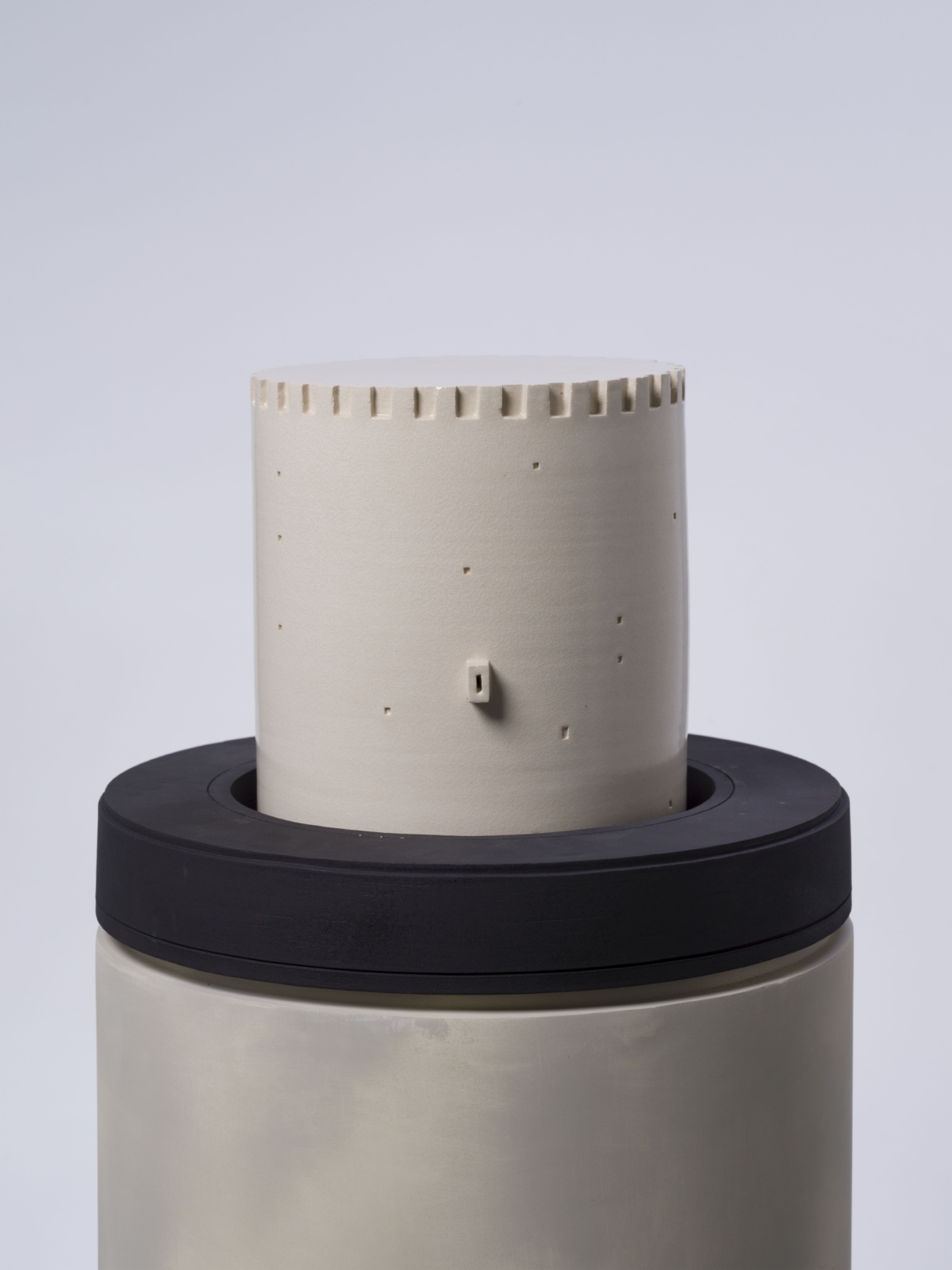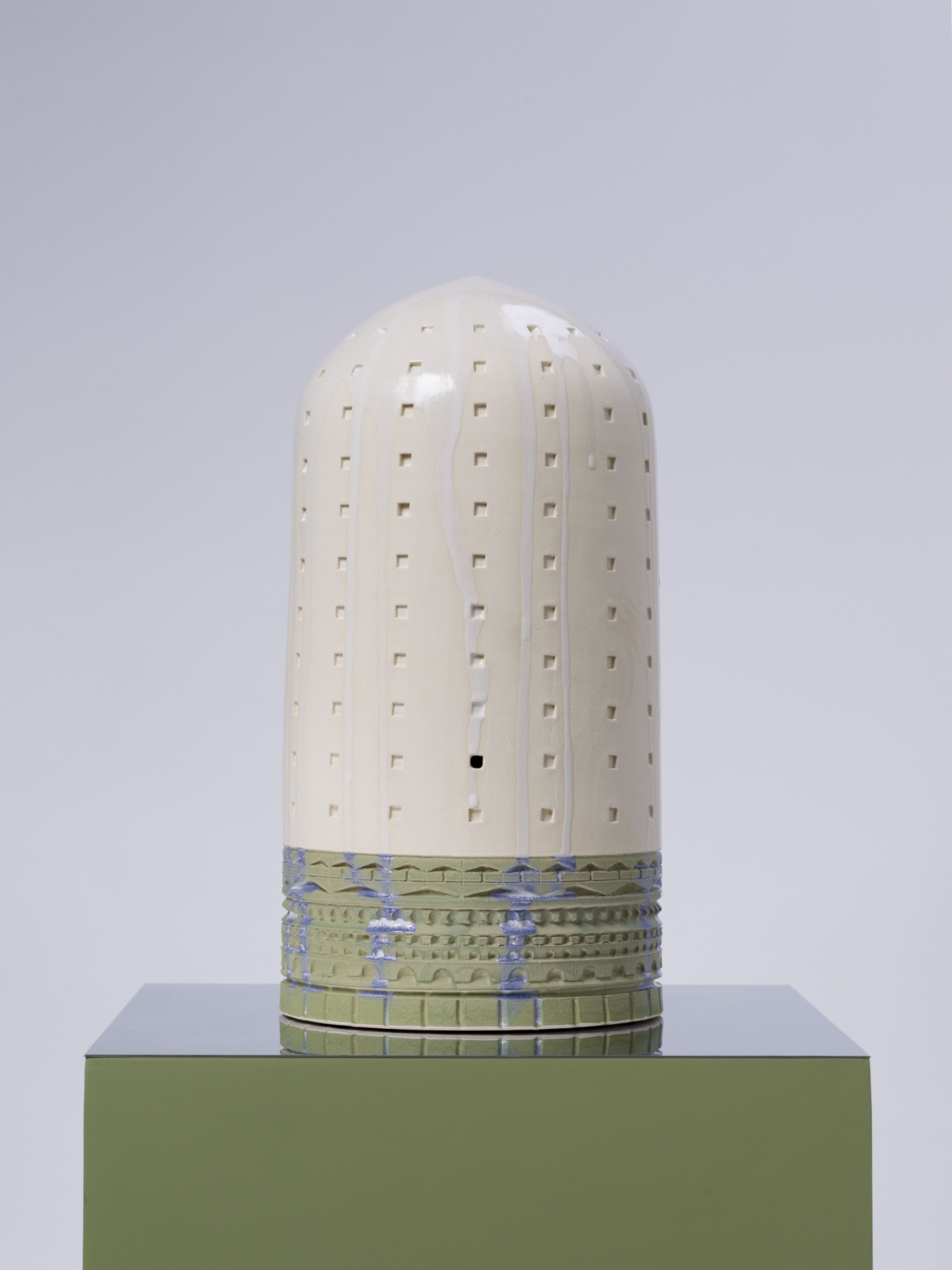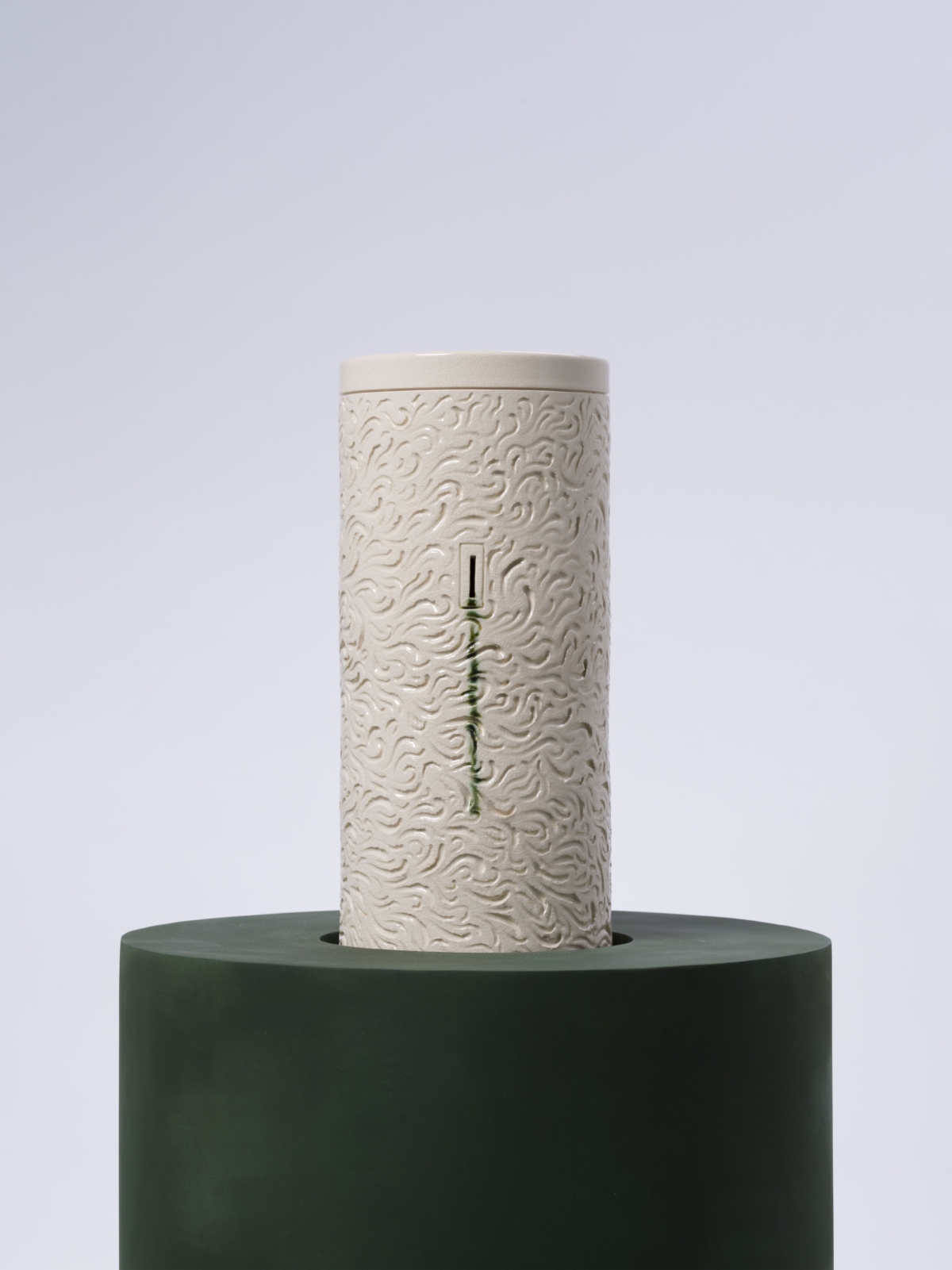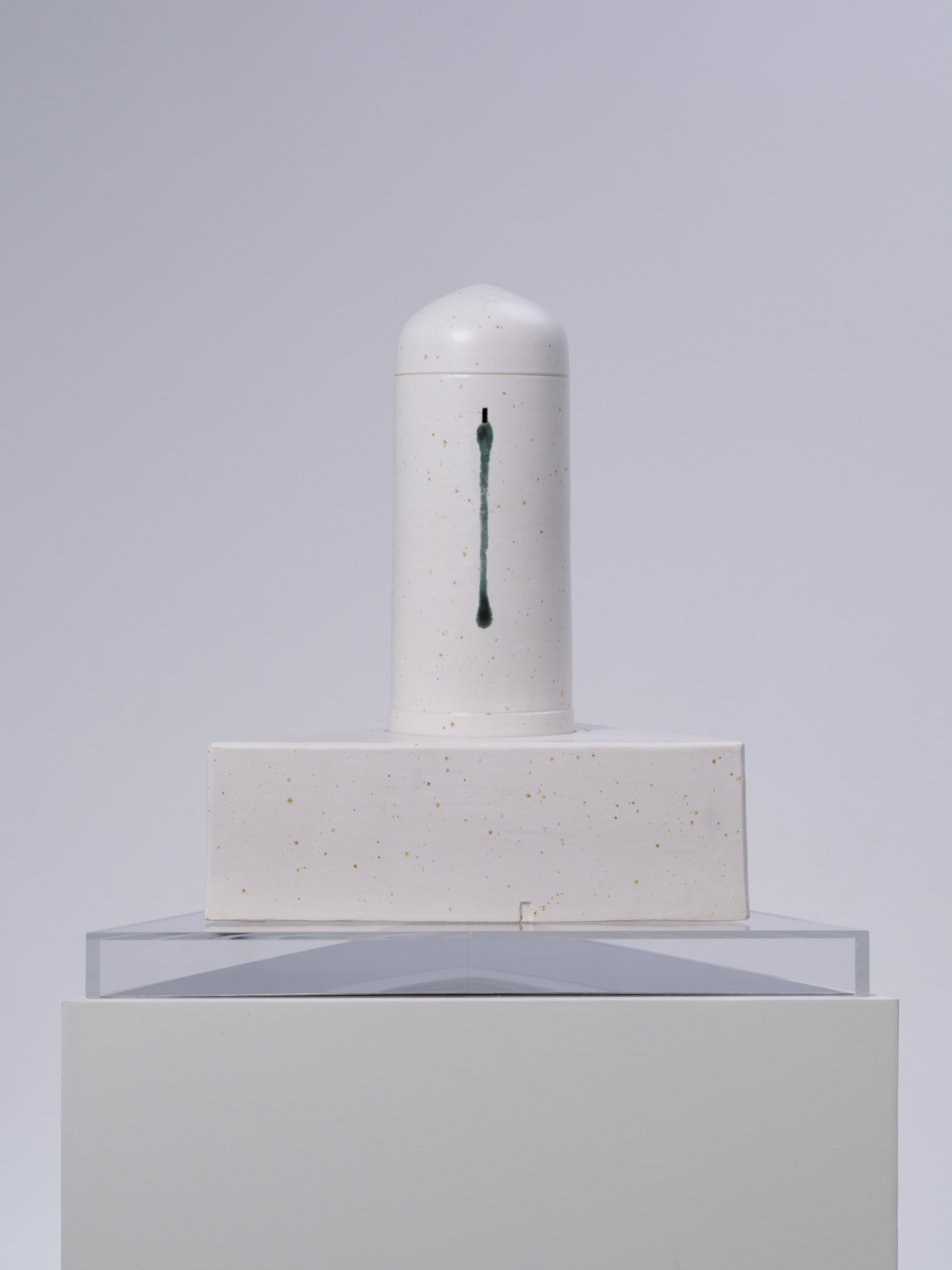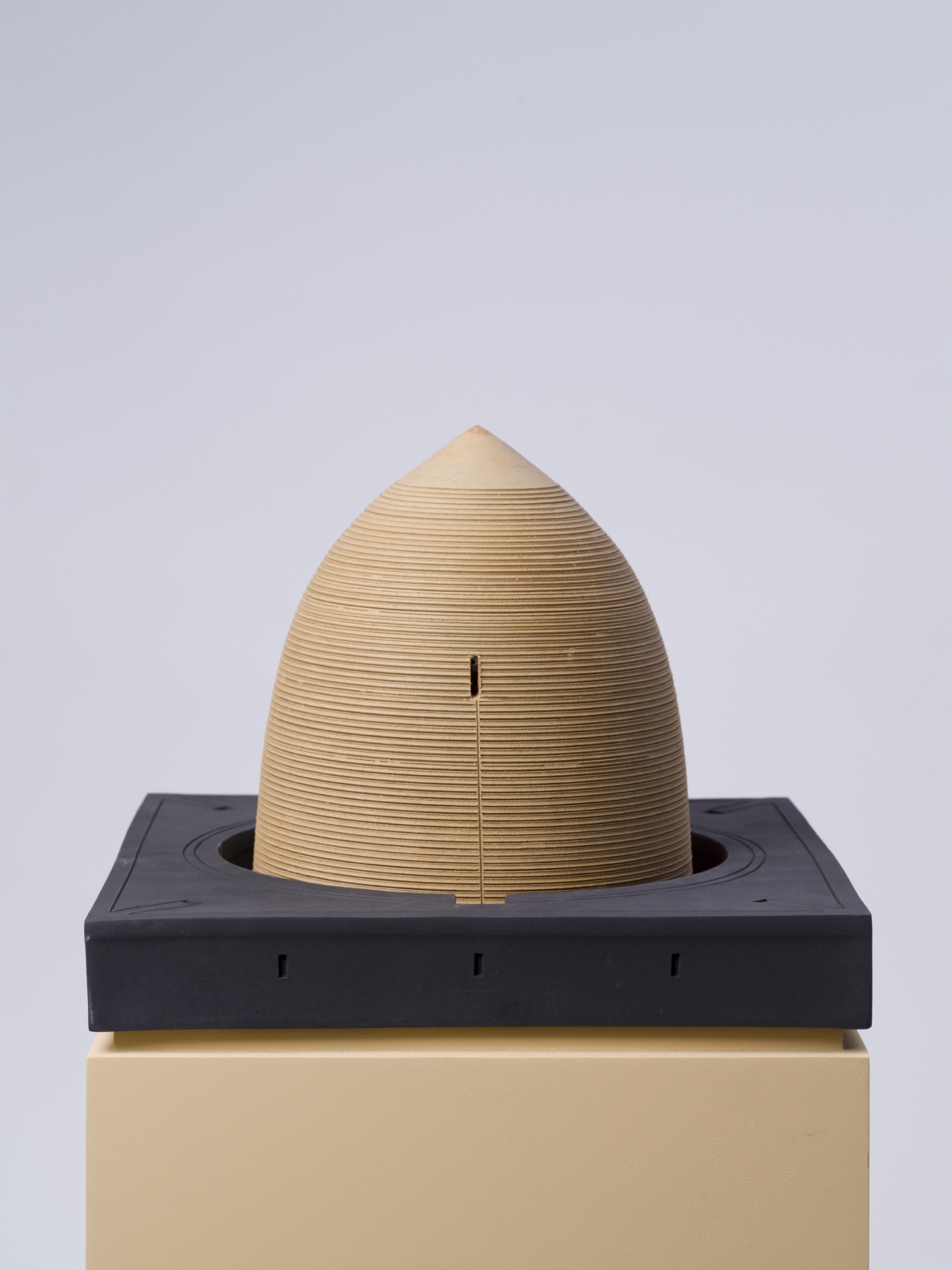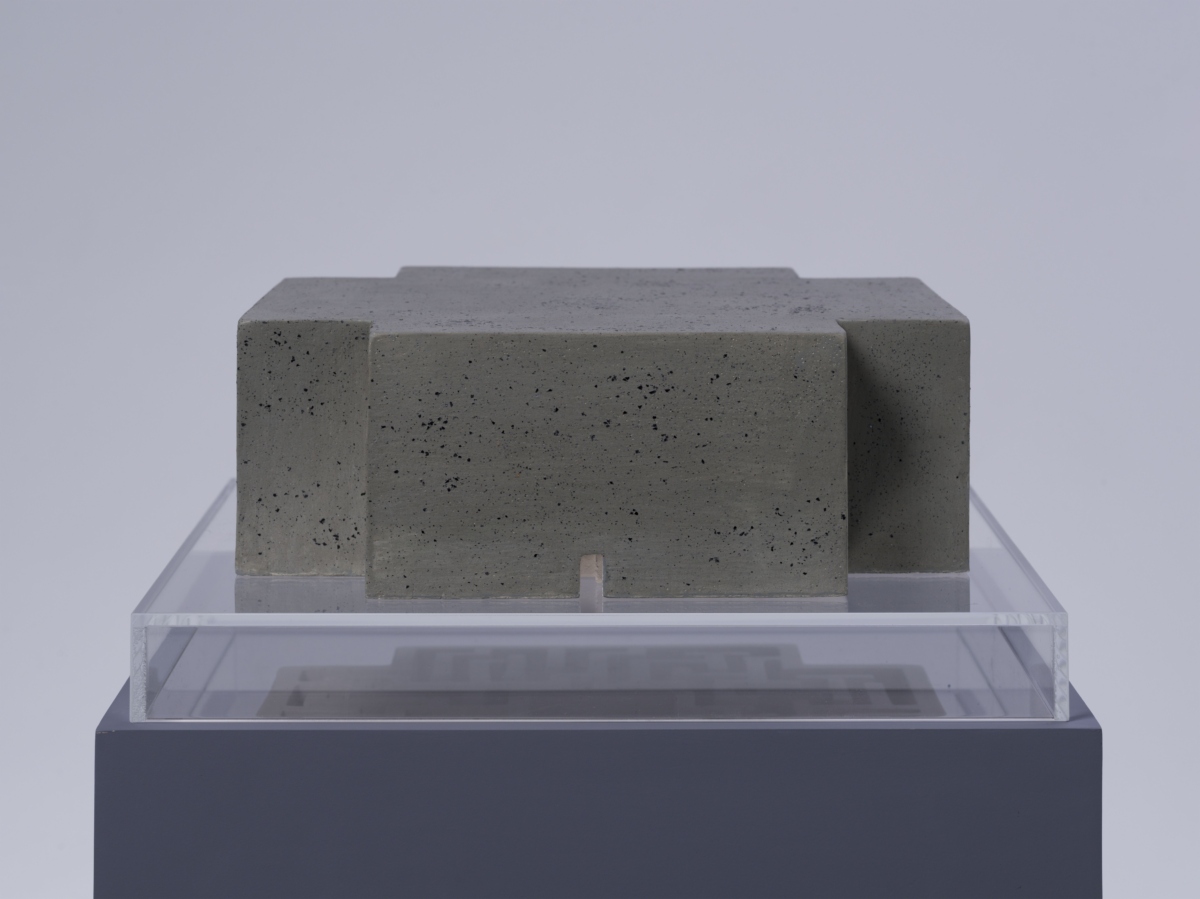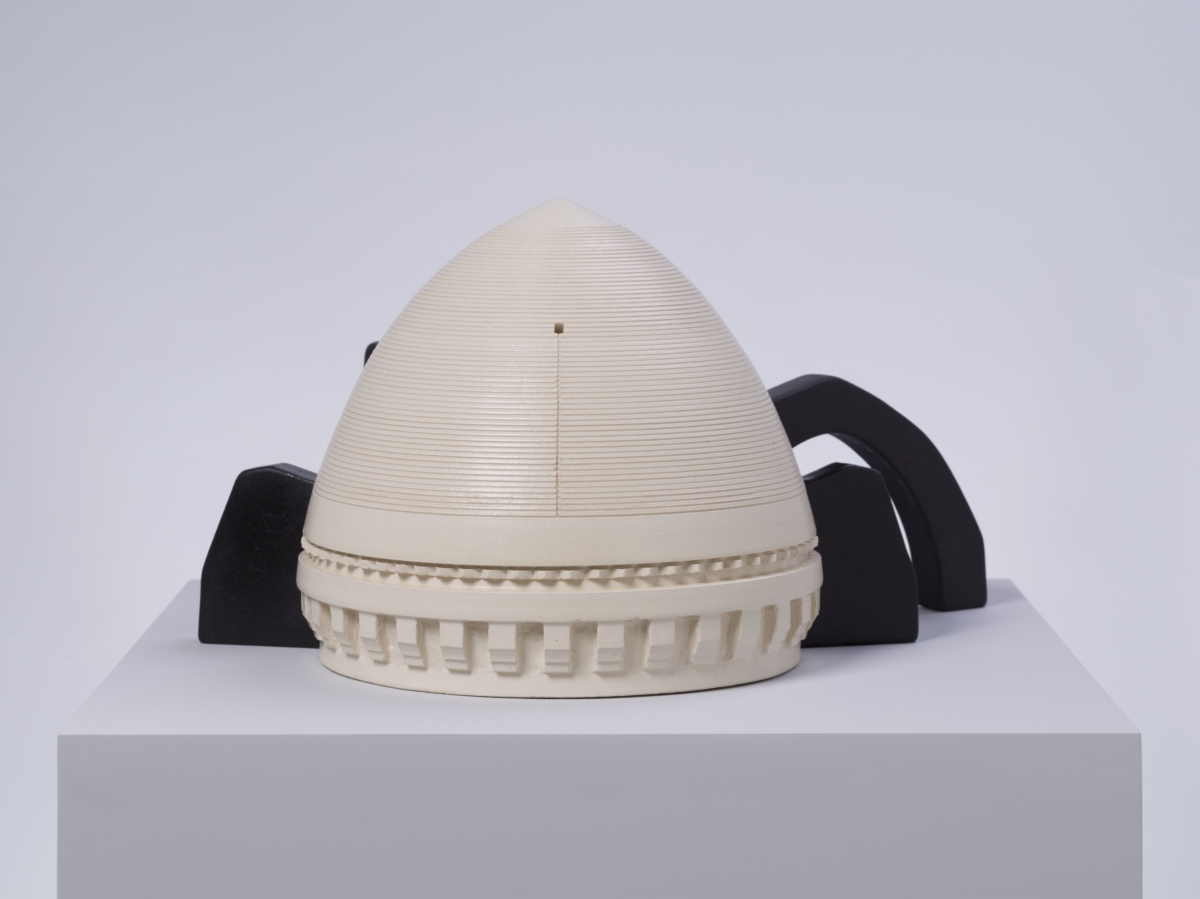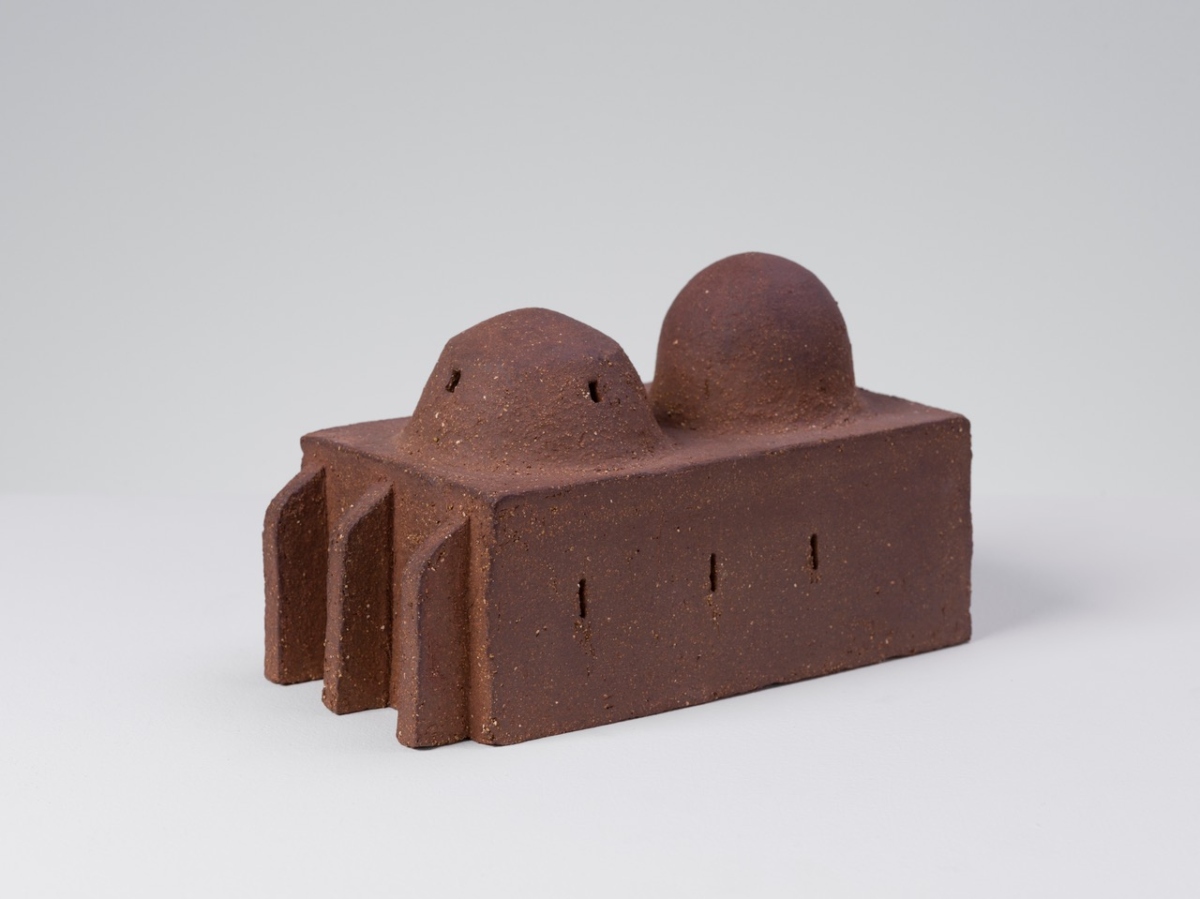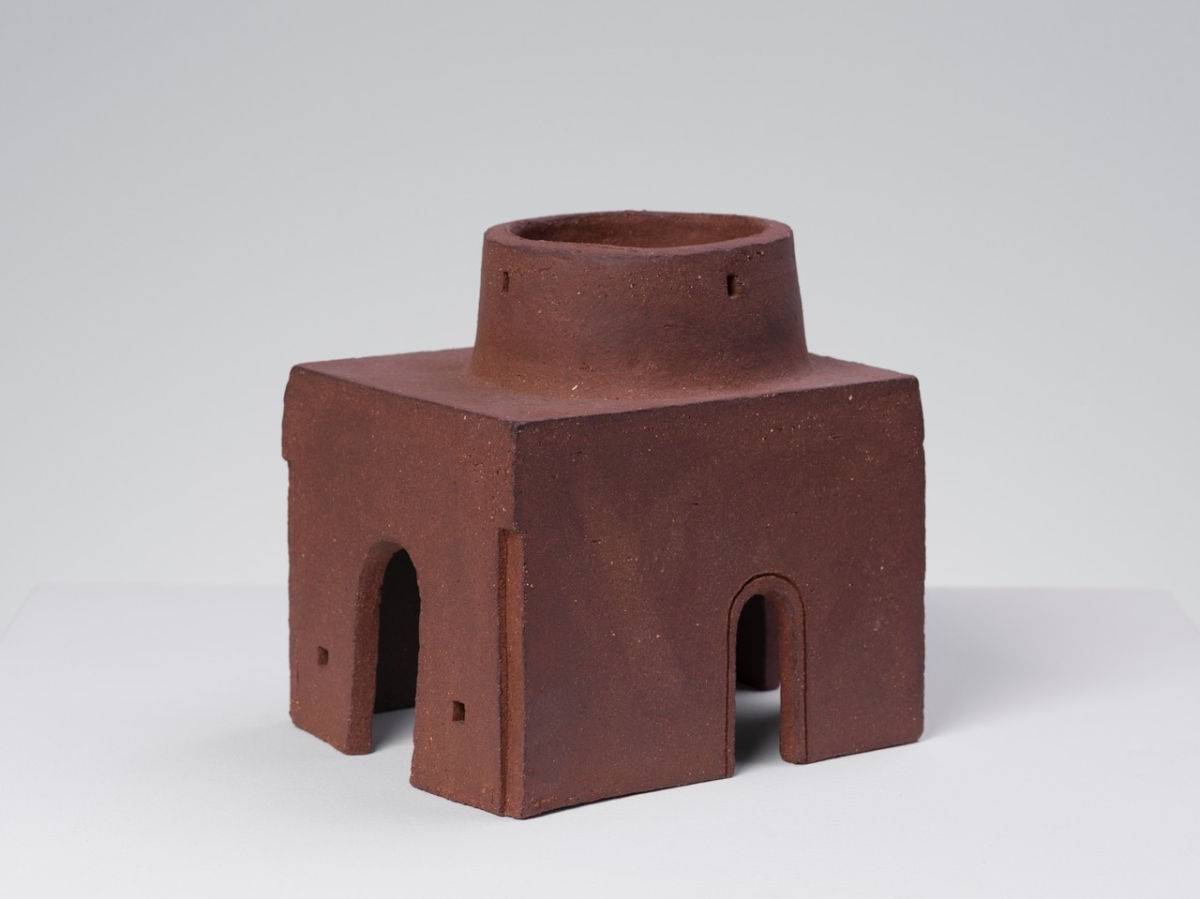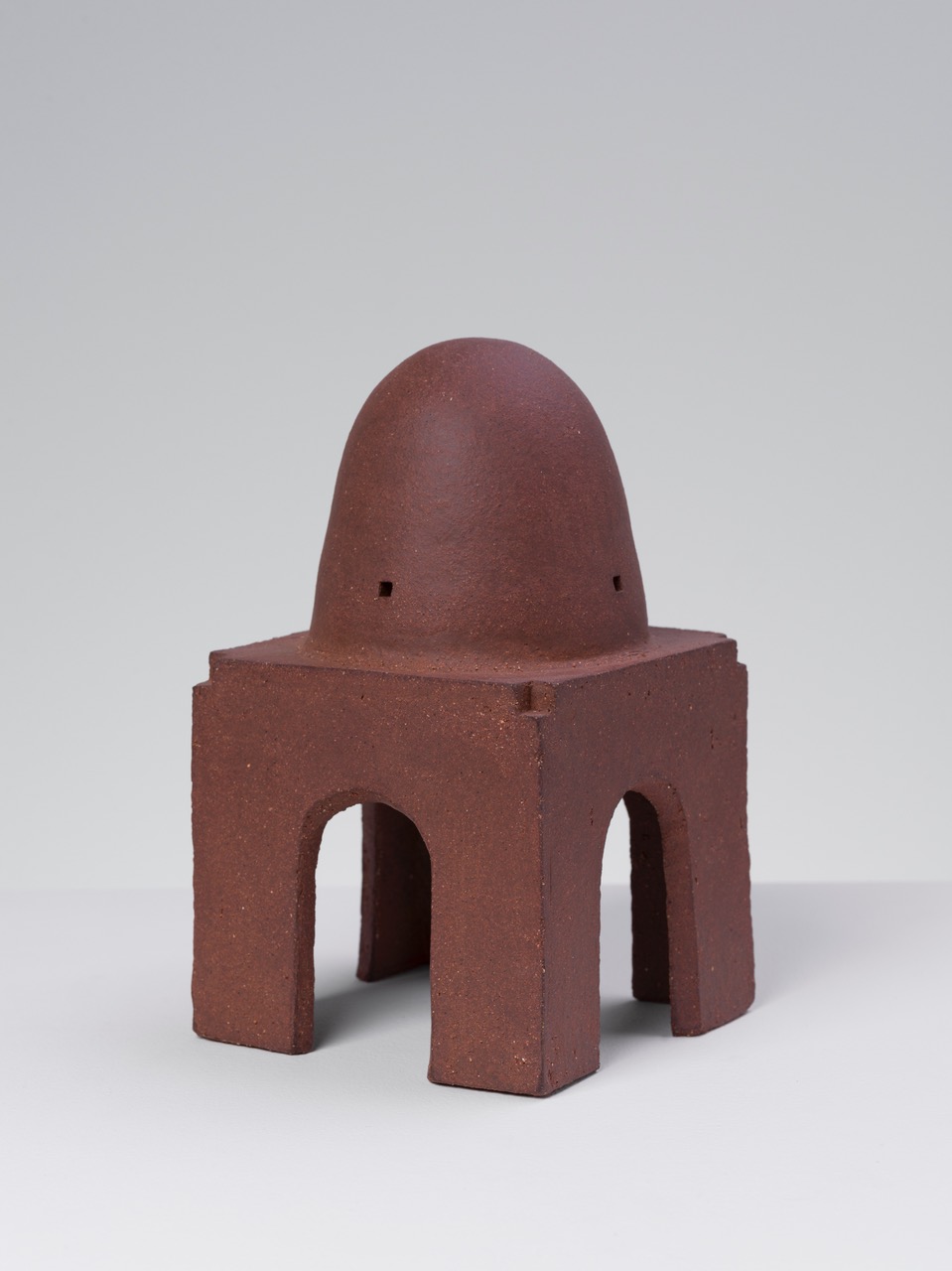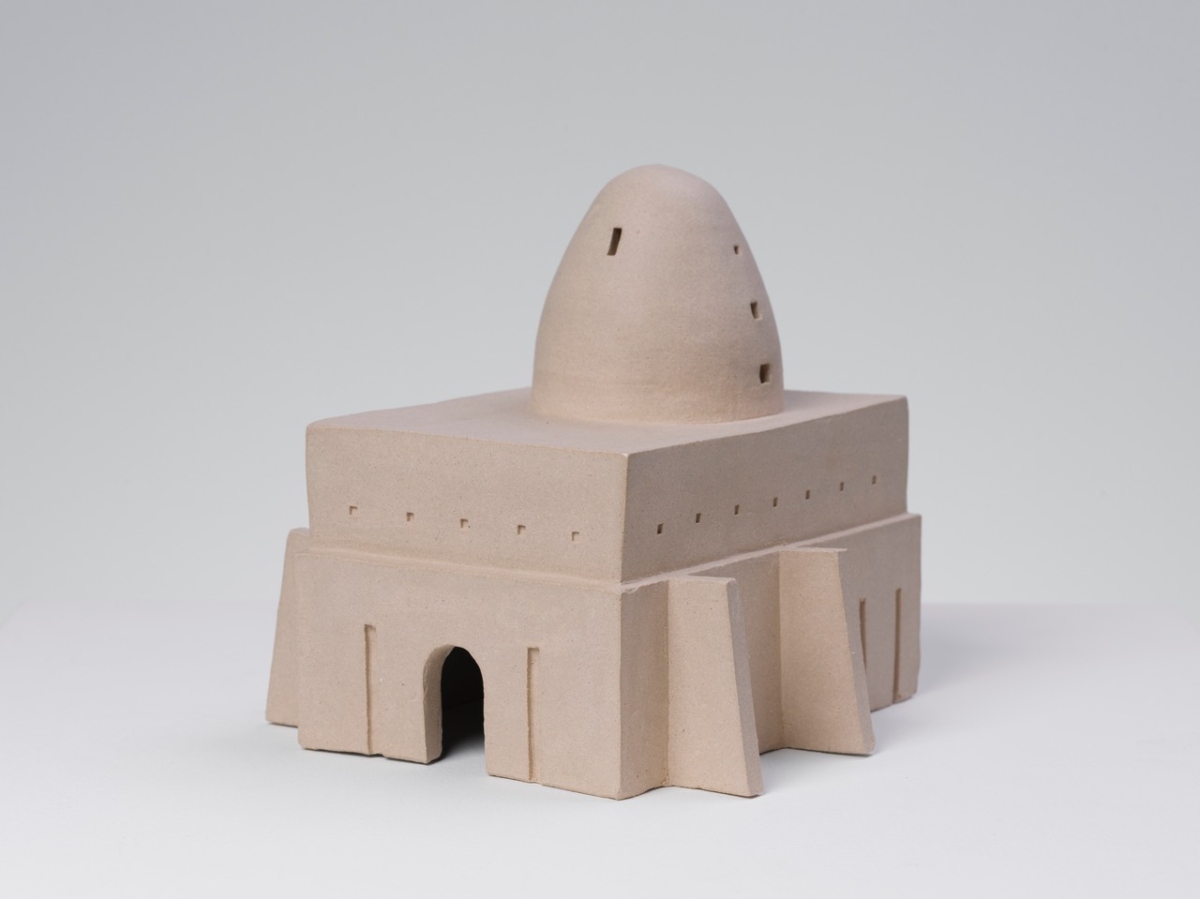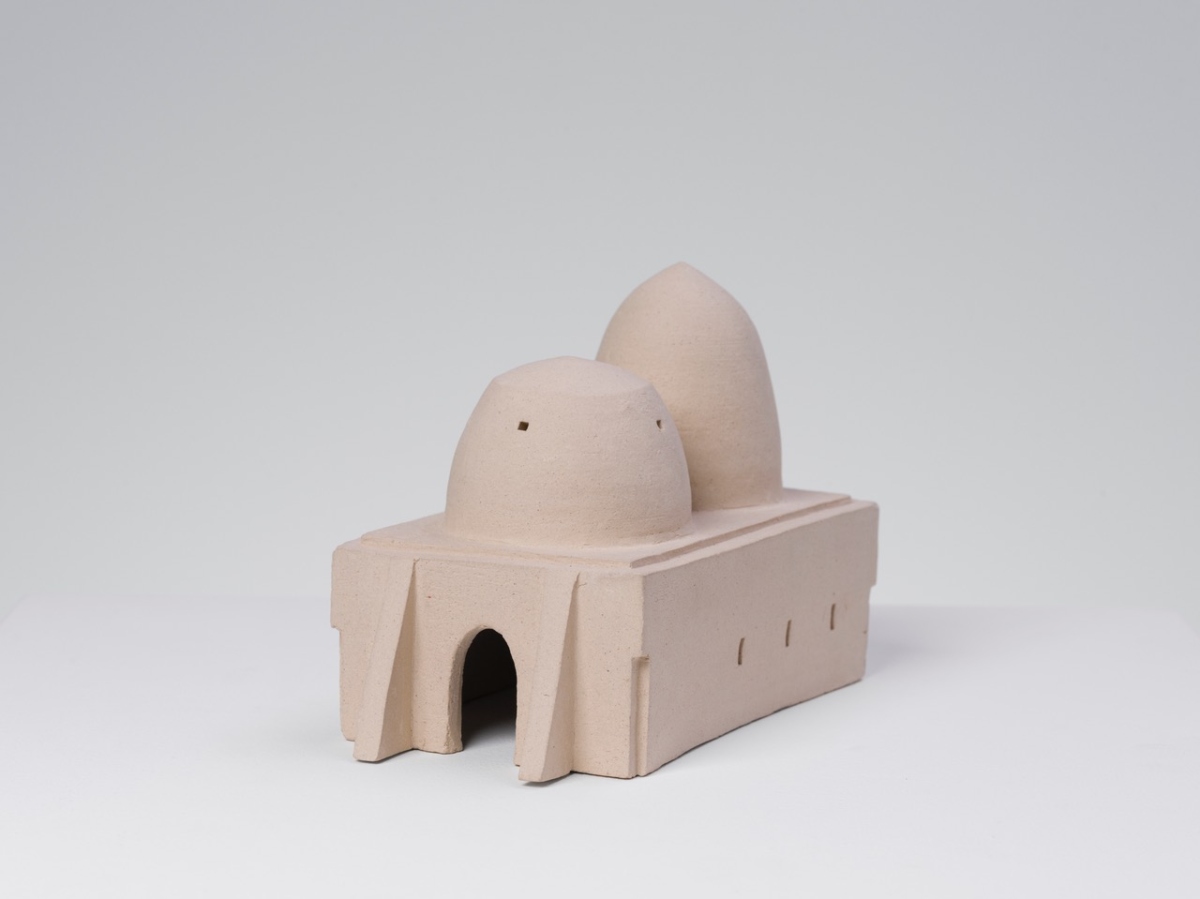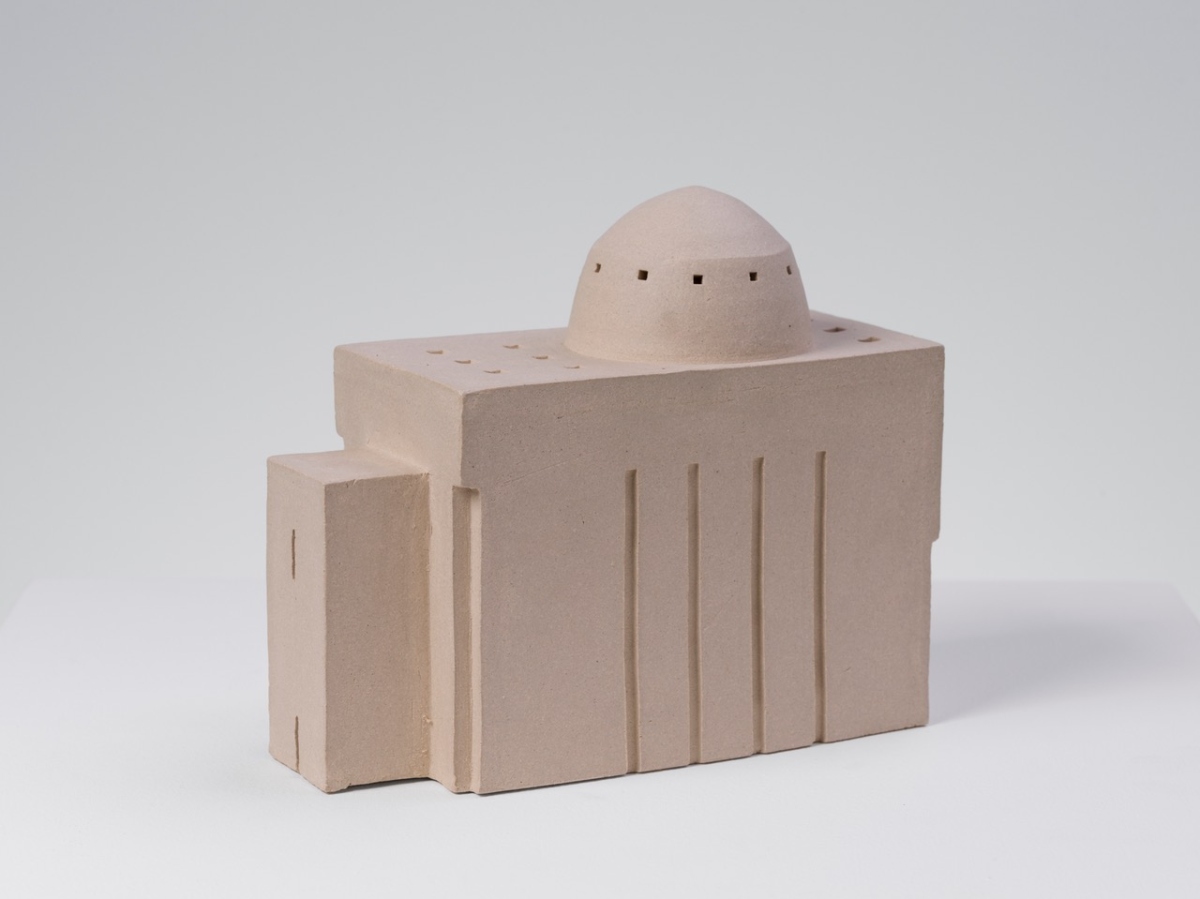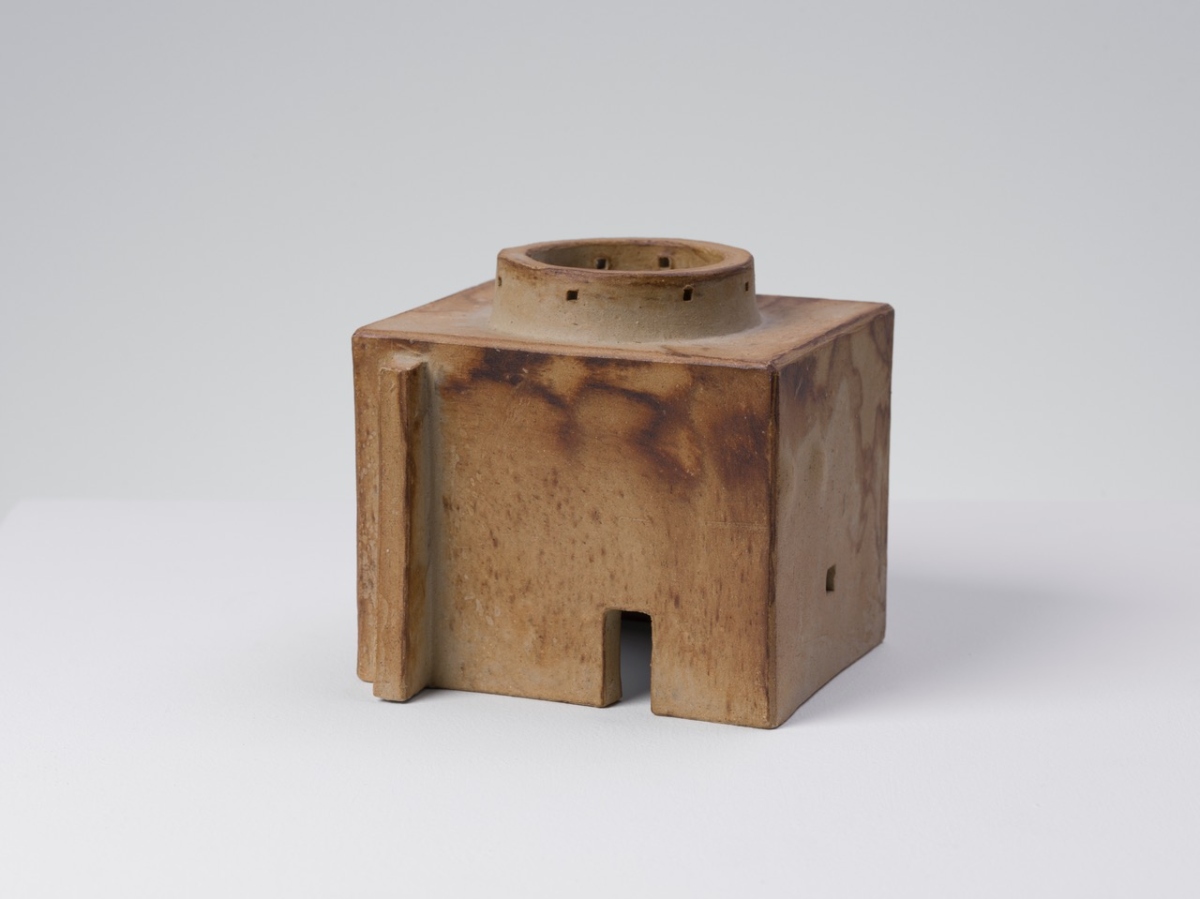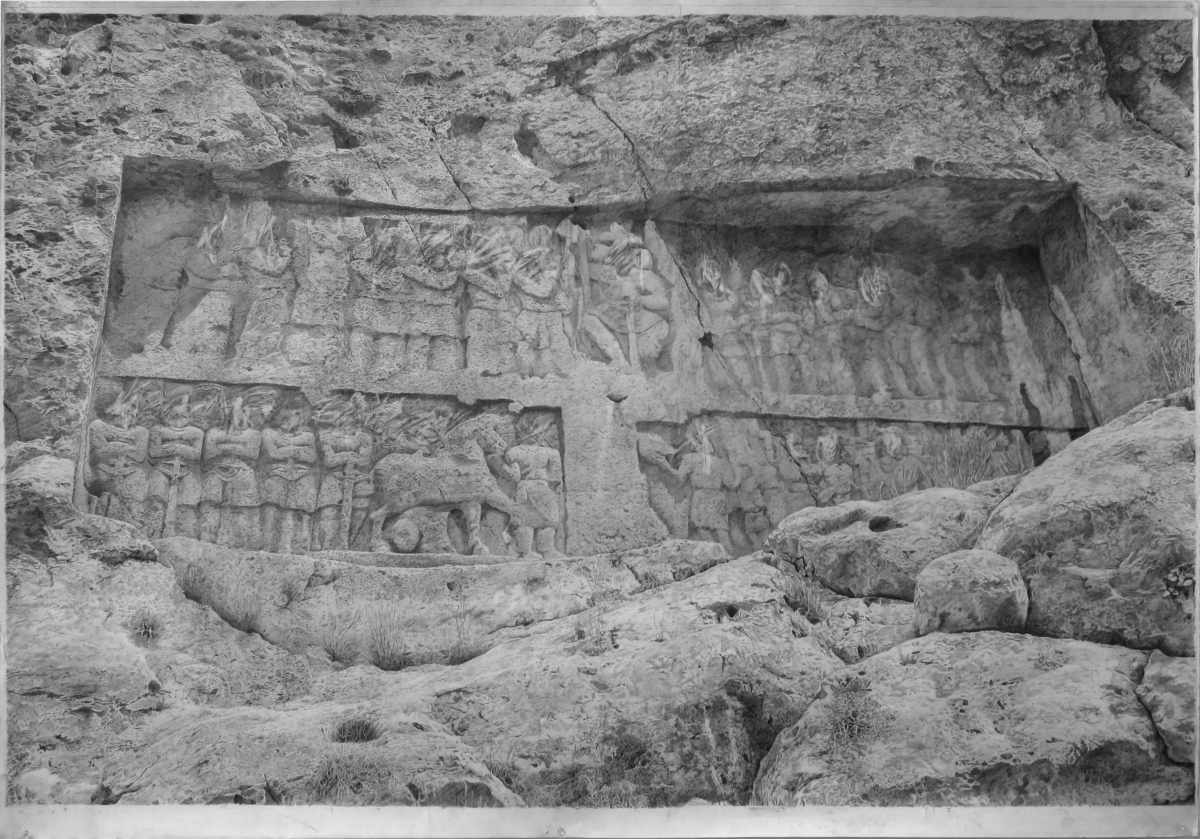Tokyo
Shahpour Pouyan Cyclopses in Doubt, Observing the West
2023/11/18–12/23
Tokyo Gallery + BTAP is delighted to present the Iranian artist Shahpour Pouyan's inaugural solo exhibition in Japan. An esteemed multimedia artist, Pouyan's work has been featured in a distinguished array of museum exhibitions and art festivals worldwide, such as the Jeddah Biennale in Jeddah (2023), Hayward Gallery in London (2022), Victoria & Albert Museum in London (2021), Pera Museum in Istanbul (2020), Rubin Museum in New York (2020), The British Museum in London (2017), among others. The exhibition "Cyclopses in Doubt, Observing the West" will open to public on the 18th of November and runs until December 23rd.
Born in Isfahan in 1979, Shahpour Pouyan lives and works between London and Tehran. Adept in painting, sculpting, and ceramics, his oeuvre invites audiences to delve into themes of history, power dynamics, and the looming specter of war, while also spotlighting urgent global issues. In this exhibition, Pouyan presents us with a new series of ceramic sculptures. For the first time in his ceramic sculpture, he features themes of depth, invisibility, and the hidden facets of architectural form, thereby introducing a nuanced play of perceptions, leaving us not with definitive answers but with an array of thought-provoking questions.
Clay serves as more than just a medium for crafting utilitarian or decorative items. From the intricate designs of Jōmon pottery to cuneiform tablets loaded with knowledge and information, clay transcends mere functionality. It is a vessel for capturing human thought, creativity, and innovation. Deeply intertwined with both life and death, its significance is cross-cultural and historical. More importantly, clay allows the creators to materialize their thinking, lending tangible form to thoughts. In this vein, ceramics could be considered a genuine manifestation of mind.
Continuing in this rich vein, Shahpour Pouyan's ceramic pieces function as "sculptures of thoughts." Among the works showcased in this exhibition, pieces like "Cross Maze" and "Maze Tower" delve into the intriguing question of how light navigates internal space. With deft craftsmanship, Pouyan has ingeniously incorporated a concealed maze structure within the architectural form. In the artist's envisioned scenario, external light enters through a small window and embarks on a journey through this hidden labyrinth. As a metaphor of the post-truth age, Pouyan sees how light disappears in the “black box” just like how reality is lost in the labyrinth of politics. Cyclopes are one-eyed giants from ancient Greek mythology. Pouyan's new series, which features a small window, represents a cyclops to him: observing the outer world yet lost in doubts.
It's worth noting that, for the first time, Pouyan integrates mirrors and custom-built plinths into his sculptures. The mirror serves a multifaceted role: it offers viewers a glimpse into the concealed maze while amplifying the sense of depth and illusion. Complemented by unique plinths tailored for each individual work, the sculptures defy their role as mere pieces on a conventional stand. They actively interact with the surrounding space, transforming our perception of the space.
Beyond the intellectual depth of his pieces, Pouyan's work is notable for its virtuosity and innovative use of ceramics. His meticulous craftsmanship, the result of extensive experimentation and in-depth research on material, form, and color, makes each piece a visual delight. Pouyan seeks to breathe new life into historic elements within the contemporary ceramic world. For example, the glazed drips and stains featured in his work are inspired by techniques and styles prevalent in 12th-century Kashan, Iran.
In contrast to the artist’s main works, which often engage with political issues, “The First Brick” stands out as an inviting piece, full of latent possibilities. Architectural elements are the central visual motif and language in Pouyan’s work, given their intersection with history, society, power, culture and solid factors. The humble brick or the simple clay structure was commonly used for the first man-built home in different civilizations. It is in fact the foundation of relationships and societal frameworks. Shapour Pouyan recalls this historical meaning of clay by creating “The First Brick” and inviting collectors to request extensions to this initial piece.
In addition to the ceramic sculptures, the exhibition also features an 'erased' painting that depicts a historical rock carving in Iran, representing a potent king and politicians from 1,800 years ago. Meticulously detailed, the drawing was deliberately erased upon completion. This act highlights the transient nature of political authority and fleeting human impact, leaving only faint traces on the blank paper.
Marking Shahpour Pouyan's debut exhibition in Japan, this show will also feature selections of the artist's ceramics and paintings from other ongoing series. Additional information will be available on-site. We are looking forward to your visit.
